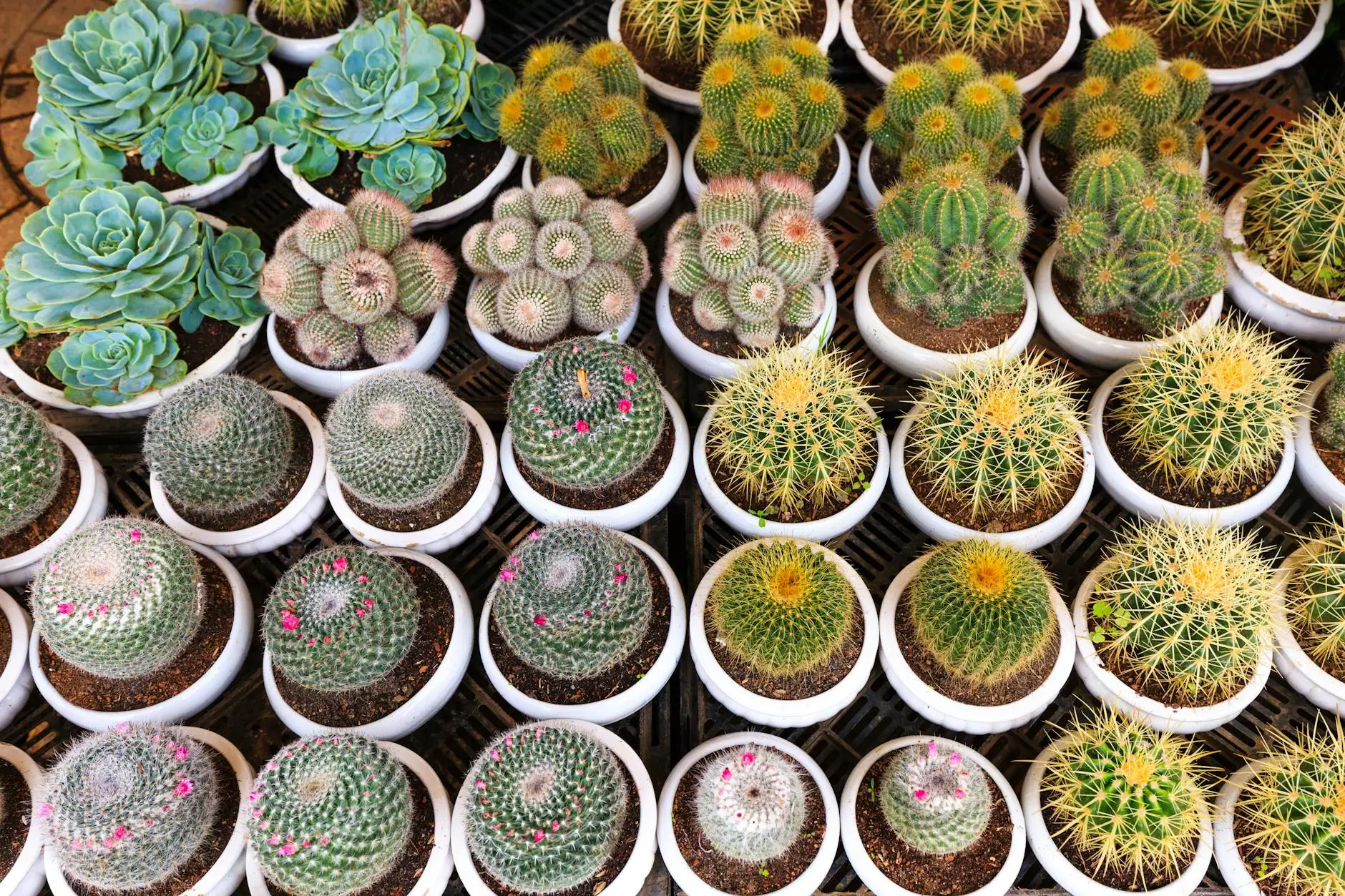The **Tihar Festival in Nepal**: A Cultural Extravaganza

The Tihar Festival in Nepal, also known as Yamapanchak, is one of the most vibrant and joyous festivals celebrated across the country. Occurring in the lunar month of Kartik, usually in October or November, Tihar spans five days and is a celebration dedicated to various animals, deities, and reverberates a strong message of positivity, gratitude, and respect for all living beings. This festival is not just a spiritual celebration; it also holds significant importance for business and tourism in Nepal.
Day-by-Day Overview of the Tihar Festival
Understanding the Tihar Festival requires delving into its rich tapestry of traditions and rituals that unfold over five distinct days. Each day has its own unique significance and activities:
Day 1: Kaag Tihar
The festival kicks off with Kaag Tihar, where crows are worshipped as messengers of death. People offer food to crows, which symbolizes the belief that these birds carry messages from the deceased to the spiritual realm. It's a day to honor the connection between the living and the dead, marking the beginning of the festival.
Day 2: Kukur Tihar
The second day, known as Kukur Tihar, is dedicated to dogs. Dogs are revered for their loyalty and companionship. This day involves adorning pets with colorful garlands, and feeding them sumptuous treats. Many families also visit stray dogs and honor them, acknowledging their role in the community and society.
Day 3: Gai Tihar and Lakshmi Puja
On the third day, Gai Tihar is celebrated. Cows are bathed, decorated, and worshipped as symbols of wealth and prosperity. This day overlaps with Lakshmi Puja, where homes are cleaned and decorated to welcome Lakshmi, the goddess of wealth. Families create intricate rangoli designs at their entrances, illuminating their homes with diyas (small oil lamps) to invite prosperity and good fortune.
Day 4: Govardhan Puja
The fourth day celebrates Govardhan Puja, signifying the lifting of Mount Govardhan by Lord Krishna. In some regions, people create edible offerings resembling the hill of Govardhan itself. It symbolizes the community's devotion to nature and acknowledges agricultural prosperity, vital in Nepalese culture. This day is also known as Mha Puja among the Newar community, where they honor themselves, reflecting on personal growth and achievements.
Day 5: Bhaitika
The final day, known as Bhaitika, is dedicated to the bond between brothers and sisters. Sisters pray for their brothers' long life and prosperity by applying a special tika on their foreheads. Brothers, in turn, give gifts and blessings to their sisters. This emotional ritual emphasizes family ties and reinforces the values of love, respect, and support, which are crucial for social harmony.
Significance of Tihar Festival in Contemporary Nepali Society
The Tihar Festival has evolved beyond its religious roots into a major cultural and social event that showcases the richness of Nepal's traditions. It fosters unity, respect for nature, and gratitude within communities. Moreover, Tihar provides business opportunities that benefit local artisans, farmers, and the tourism sector.
Economic Impact of Tihar Festival
According to various studies, festivals like Tihar significantly boost the local economy, particularly in the tourism sector. Here’s how:
- Increased Tourism: Many foreigners visit Nepal to experience Tihar firsthand, contributing to lodging, transport, and local business revenue.
- Local Artisan Sales: The demand for traditional decorations and offerings leads to heightened sales for local artisans and craftspeople.
- Food Industry Boost: The festival sees an increase in demand for specific traditional foods and delicacies, benefiting local eateries and food vendors.
- Event Organizers and Cultural Programs: Various cultural programs and events are organized during Tihar, creating jobs and providing a platform for displaying local culture.
Exploring Tihar: Tours, Travel Services, and Walking Tours
For those looking to dive deeper into the celebrations, there are numerous tours and travel services available. Exploring Tihar through guided walking tours provides an intimate understanding of the festival's customs and allows visitors to engage with locals, enhancing their cultural panorama. Here are some opportunities:
1. Participatory Tours
Many tour companies offer participatory experiences during Tihar, allowing visitors to join in the celebrations, learn about the rituals, and even partake in local delicacies. These tours often include:
- Visits to families celebrating Tihar
- Workshops on traditional cooking and crafts
- Participation in the rituals involving animals and offerings
2. Cultural Walking Tours
Cultural walking tours guide participants through vibrant neighborhoods adorned with lights and rangoli, showcasing the intricate artwork and the lively spirits of locals. Visitors can explore:
- Traditional neighborhoods during Tihar
- Local markets bustling with Tihar preparations
- Festivity activities including music, dance, and storytelling
3. Culinary Tours
Culinary tours immerse tourists in the unique flavors of Tihar, showcasing dishes prepared specifically for the festival. Participants will get an opportunity to:
- Taste traditional Tihar meals
- Learn about the significance of various Tihar foods
- Visit local farms to see how ingredients are sourced
Conclusion: Embracing the Spirit of Tihar in Nepal
The Tihar Festival in Nepal is an enriching experience that reflects the unity of nature, family, and community. As the festival bridges gaps between cultures and generations, it fosters love, gratitude, and harmony. For businesses, it presents an invaluable opportunity to engage with locals and tourists alike, promoting economic growth while nurturing cultural heritage.
Whether you are a local seeking to immerse yourself in your cultural roots or a traveler wanting to explore the vibrant traditions of Nepal, Tihar offers something for everyone. Consider joining us at Himalayan Dream as we explore the festival's depths through our specially curated tours. Experience the essence of Tihar and leave with not just memories, but newfound appreciation for the interconnectedness of life and festivity.









